.
9.01.2017
A meteorite has burnt up over the Arkhangelsk Region in north Russia, without reaching the Earth, the regional emergencies services reported on Monday.
"Yes, indeed, a meteorite burnt up in the dense layers of the atmosphere in the Arkhangelsk Region in the evening of January 8. It did not reach the Earth. Eye-witnesses saw a flash in the sky," the emergencies services said.
This happening has not caused any consequences, the emergencies services said.
"There are no structures damaged or persons affected. This has also had no effect on the work of infrastructure," the emergencies services said.
Quelle: TASS
-
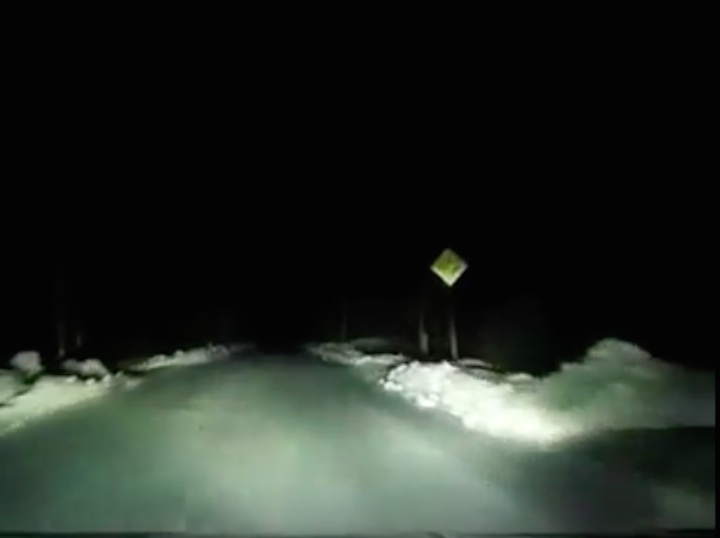
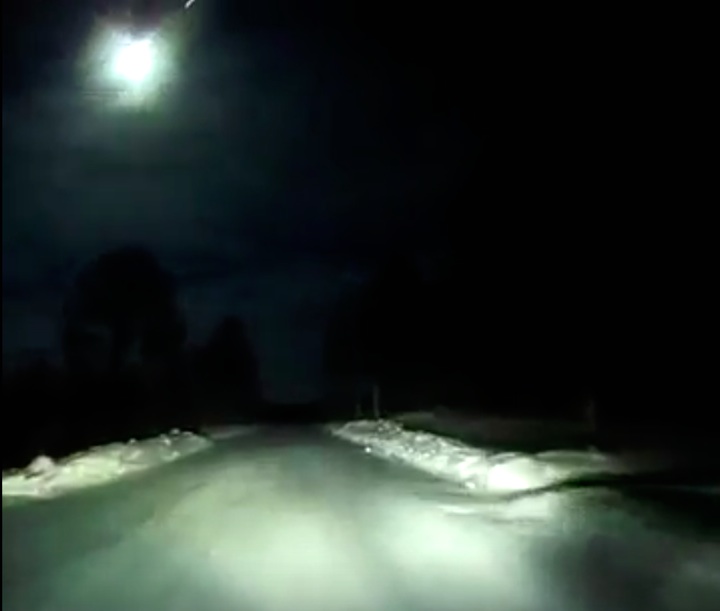
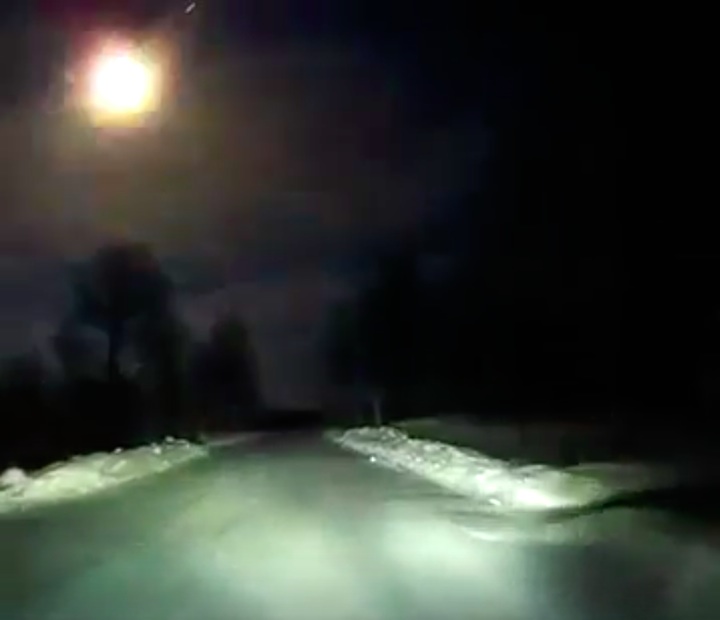
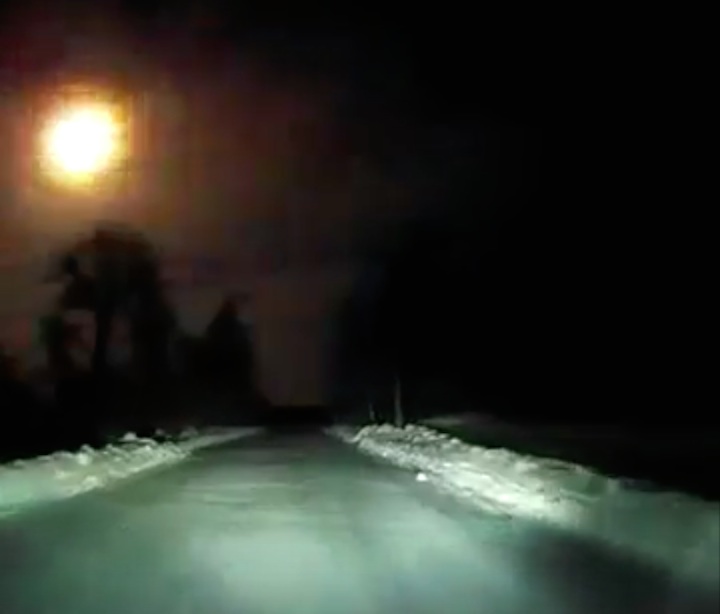
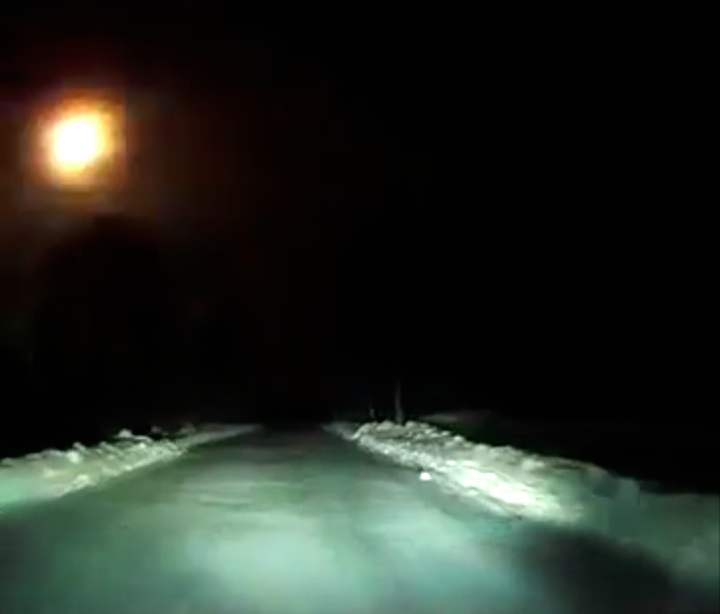
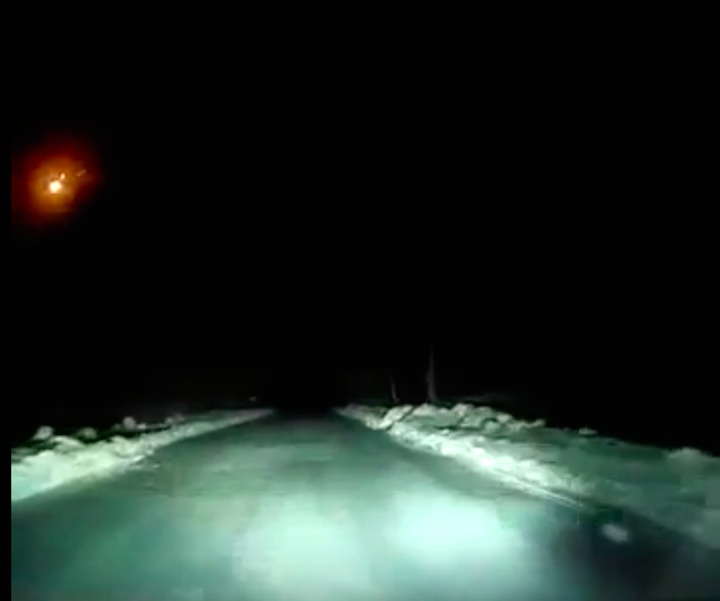
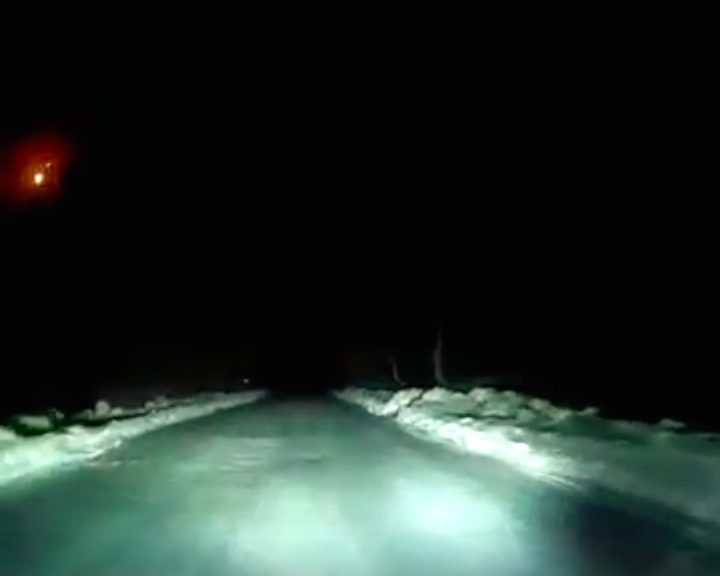
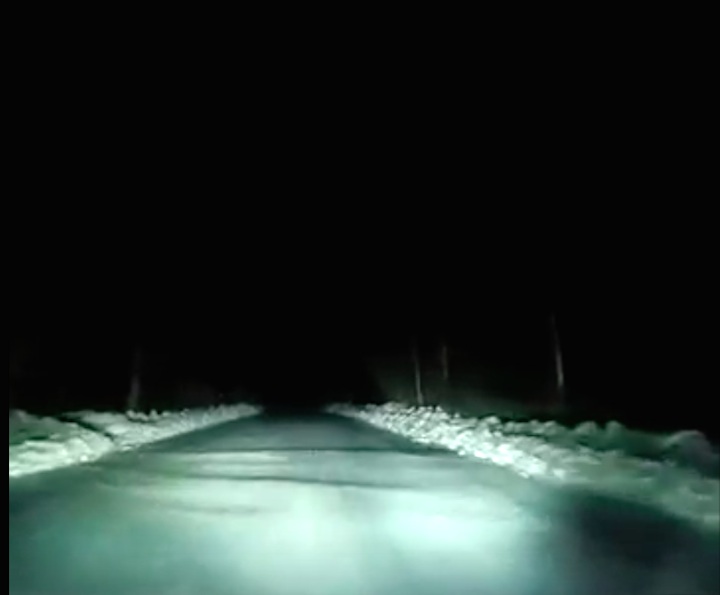
Quelle: YouTube
-
Update: 10.01.2017
.
Northern Lights cameras capture no image of 'mysterious' meteorite
The data from the microbarograph are currently being studied
A bolide that burnt up over the Arkhangelsk Region in northern Russia has not been registered by Northern Lights cameras with a wide surveillance angle, Director of the Polar Geophysical Institute Boris Kozelov told TASS on Monday.
"We have compared the data received from eye-witnesses with the data of our Northern Lights surveillance cameras and the microbarograph, which could register the fly-by of a large bolide. The cameras did not register the flash and the data from the microbarograph are being studied," the director said.
The information about a large bolide that had burnt up over Arkhangelsk came from a motorist who recorded the event with the help of his dashcam at about 23:00 on December 7.
Three optimal sites to capture Arkhangelsk bolide
The chances of receiving scientific information on the Arkhangelsk bolide have increased significantly as it was seen on one of Russia’s three observation sites fitted out with equipment capable of registering such objects.
Apart from the Kola Peninsula where Northern Lights cameras are installed, this phenomenon could be registered by the astrophysical observatory in the North Caucasus and by three special meteor surveillance cams set up by the Astronomical Institute of the Russian Academy of Sciences.
"On the remaining territory of the country, information may be provided by motorists who have installed dashcams on their cars," leading researcher at the Astronomical Institute of the Russian Academy of Sciences Alexander Bagrov said.
The scientist said that the comparison of videos from several dashboard cams helped establish the exact trajectory of the Chelyabinsk meteorite that had fallen in the Urals on February 15, 2013.
The fall of meteorites and the fly-by of large bolides in areas lacking a developed network of motorways reduce almost to zero the chances of spotting these celestial bodies and establishing the trajectory of their flights, the expert said.
"If an object similar to the Chelyabinsk meteorite or the Arkhangelsk bolide flies over Yakutia [in northeast Russia], efforts will most likely fail to find the traces of the body’s fall or calculate its trajectory," Bagrov said.
The researcher cited as an example the story with the Vitimsk bolide in East Siberia that had happened five years ago when US scientists detected the celestial body in outer space and informed their Russian counterparts about that.
"The Irkutsk University sent an expedition to look for eye-witnesses and the traces of the event. The eye-witnesses, indeed, saw something but efforts failed to extract any scientific information from it," he said.
Meteor-bolide danger and outer space
Bolide danger assessments are linked with the outer space exploration, leading researcher at the Astronomical Institute of the Russian Academy of Sciences Bagrov said.
"We have already lost several satellites due to their collision with objects of this type," he said, noting that the speed of "space particles" may reach the velocity of a bullet fired from a Kalashnikov automatic rifle and this requires adequate protection.
"The state standards of protection against bolides were developed in 1985 and constant updates of data on the bolide danger would allow building protection more accurately. Possibly, it [protection] is excessive and then it is possible to reduce it and place more payloads on a space vehicle or, on the contrary, greater protection will help save satellites," the expert said.
All exact scientific data on the fall of meteorites and the fly-by of large bolides contribute to the attainment of this goal, he said.
Quelle: TASS
